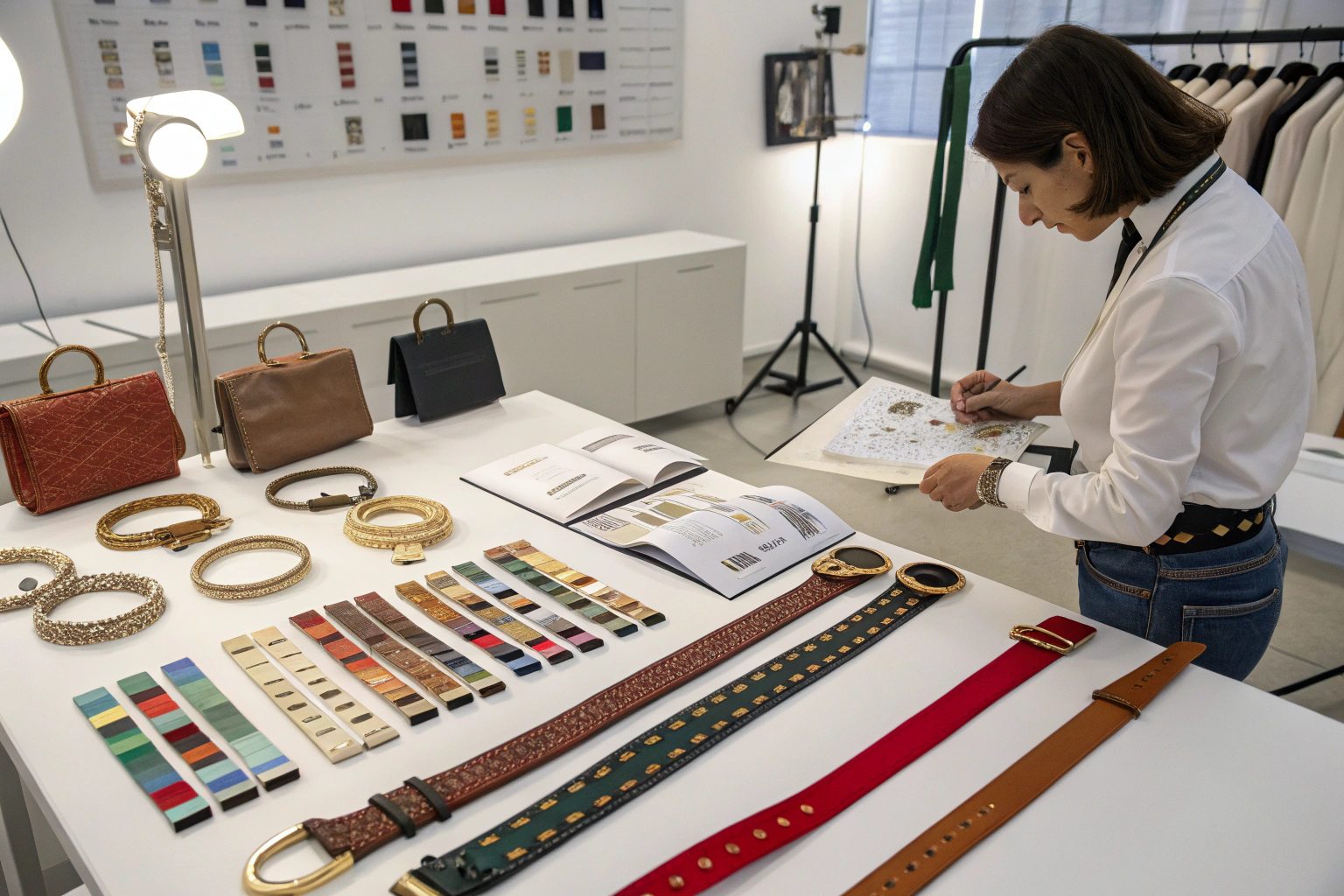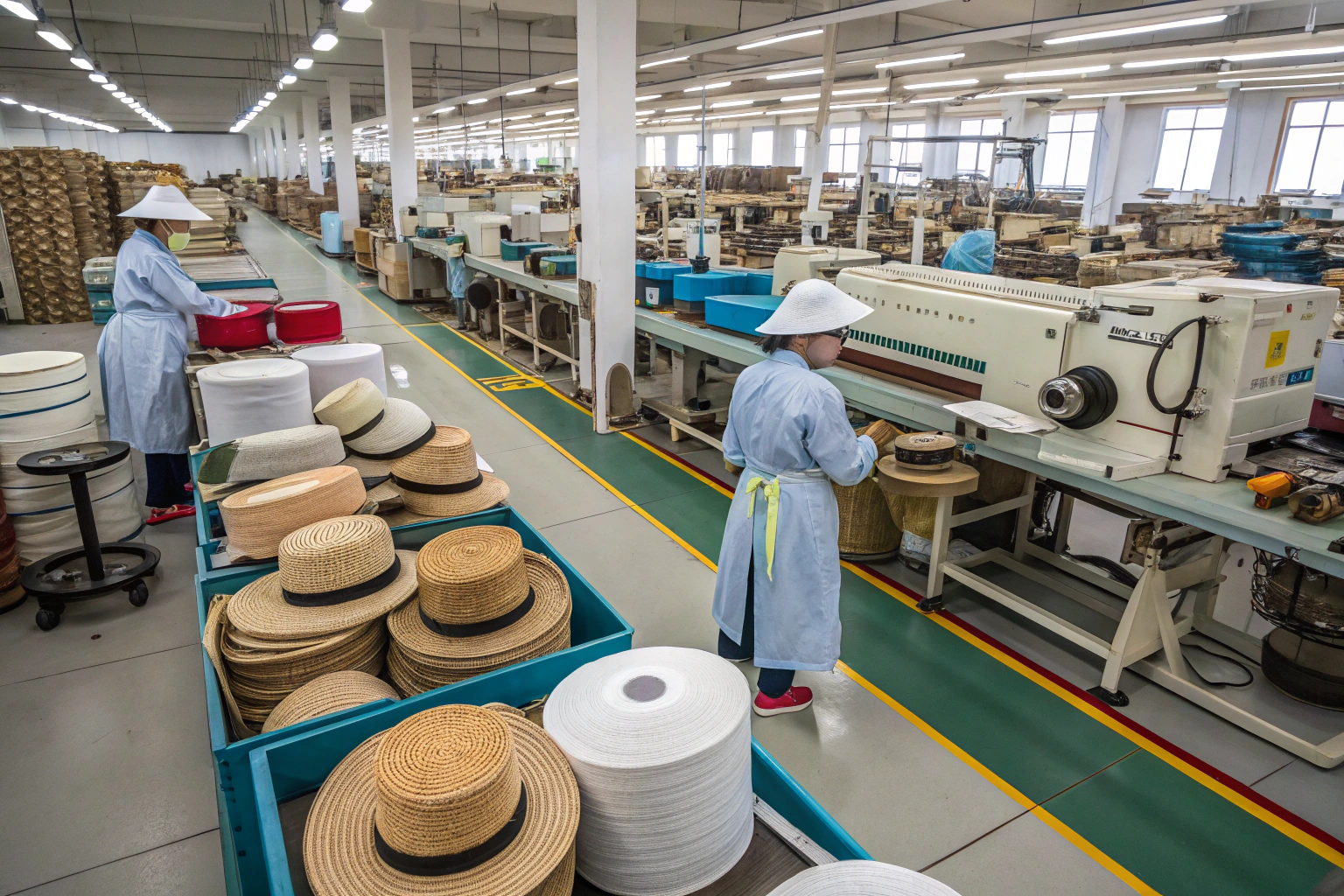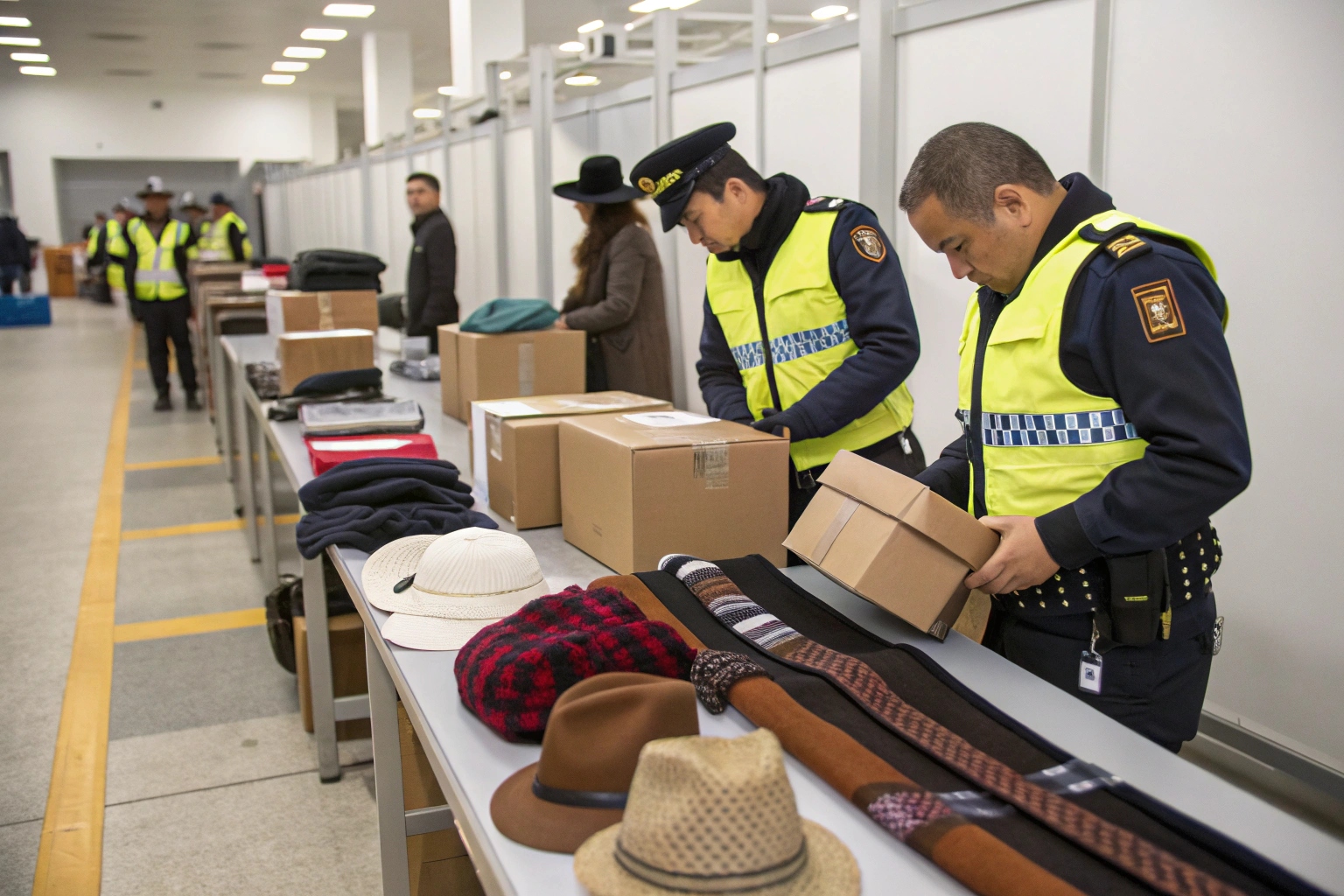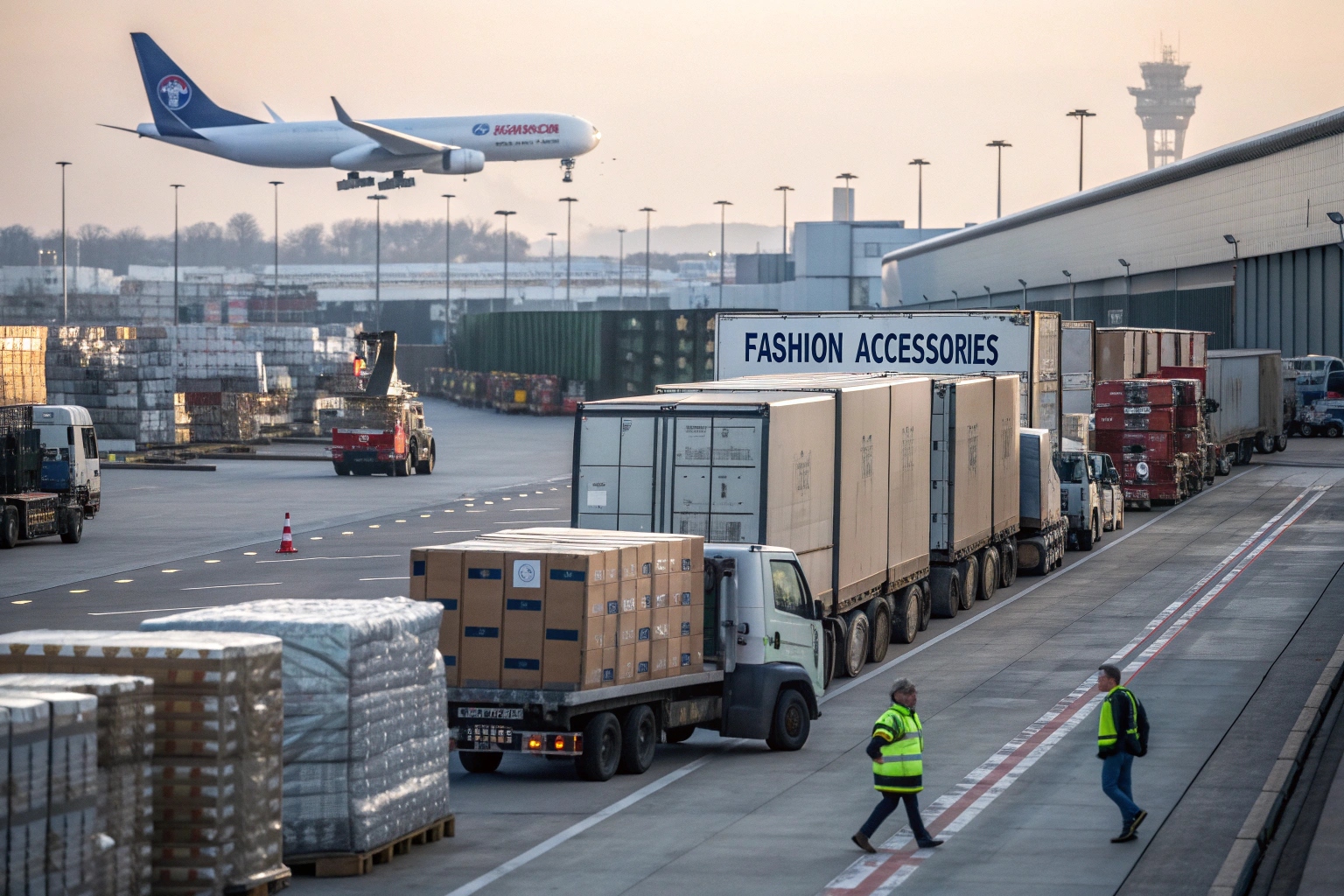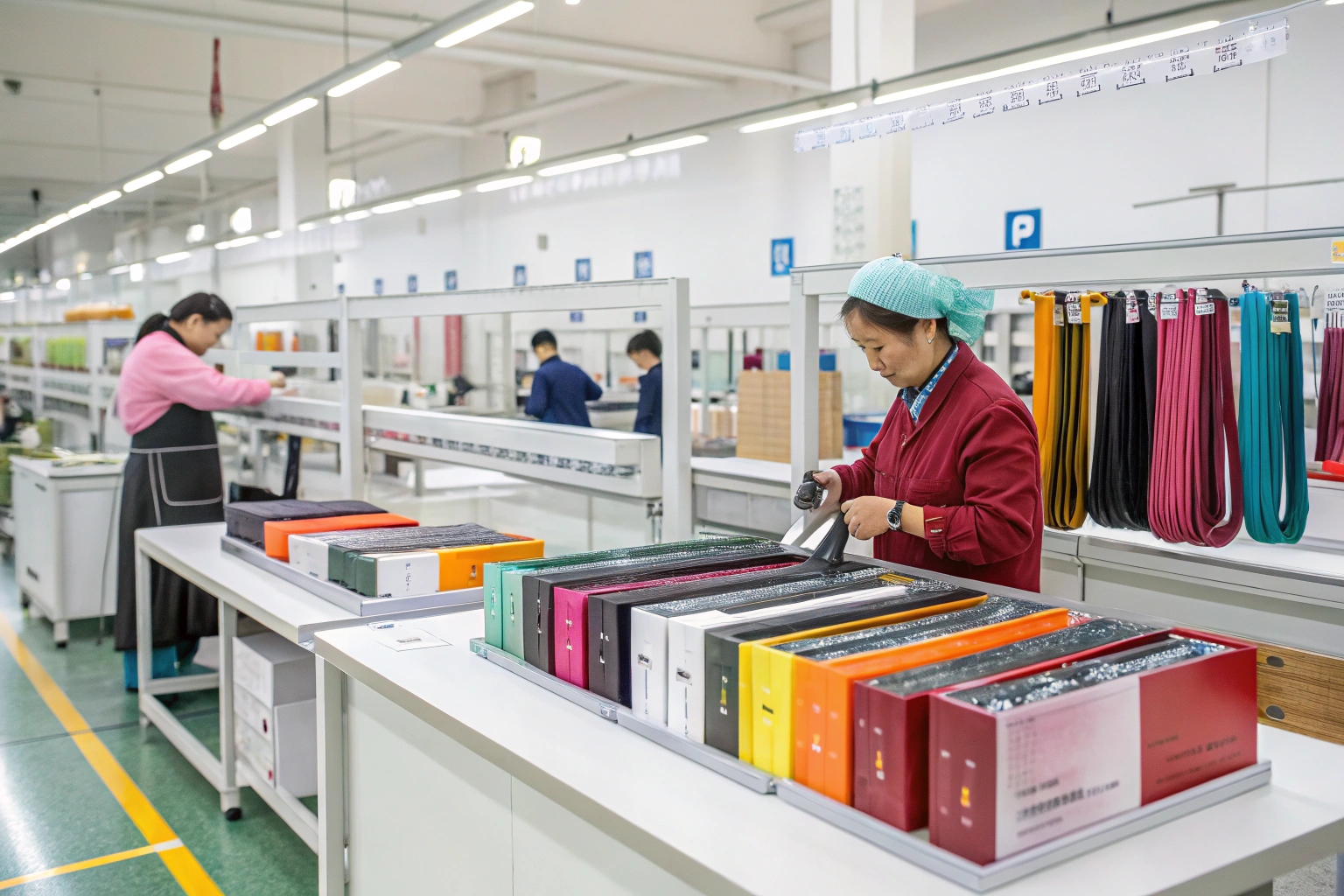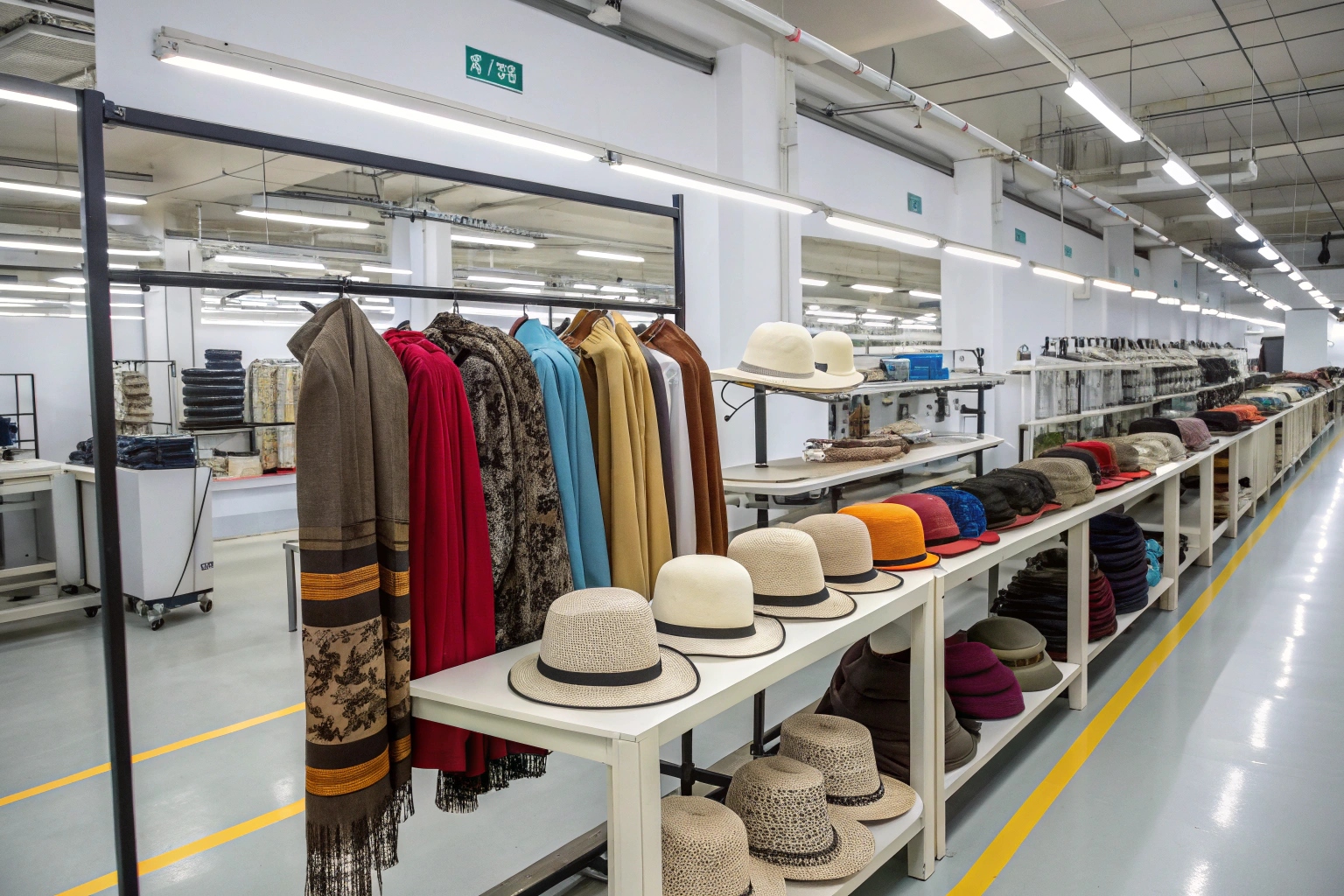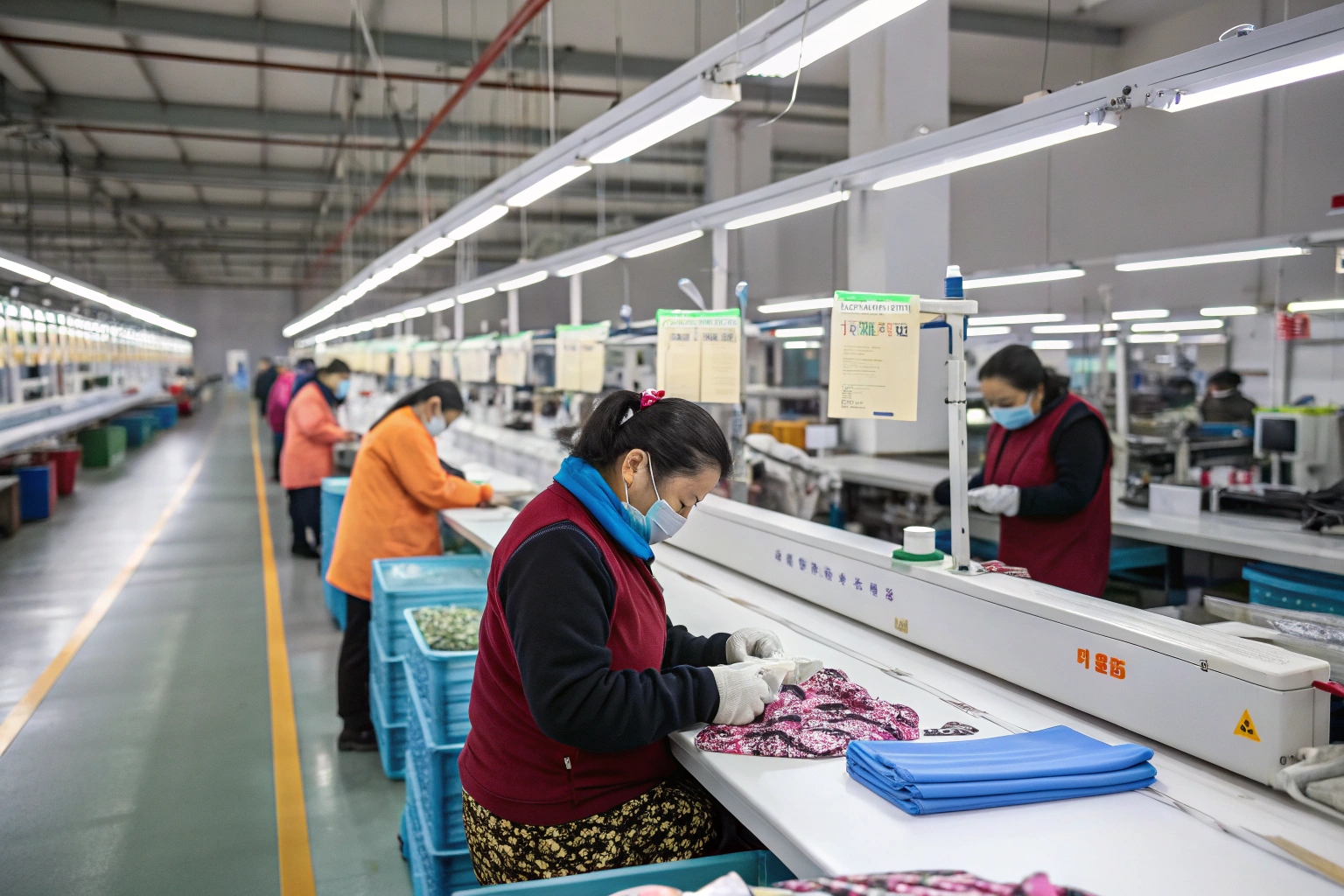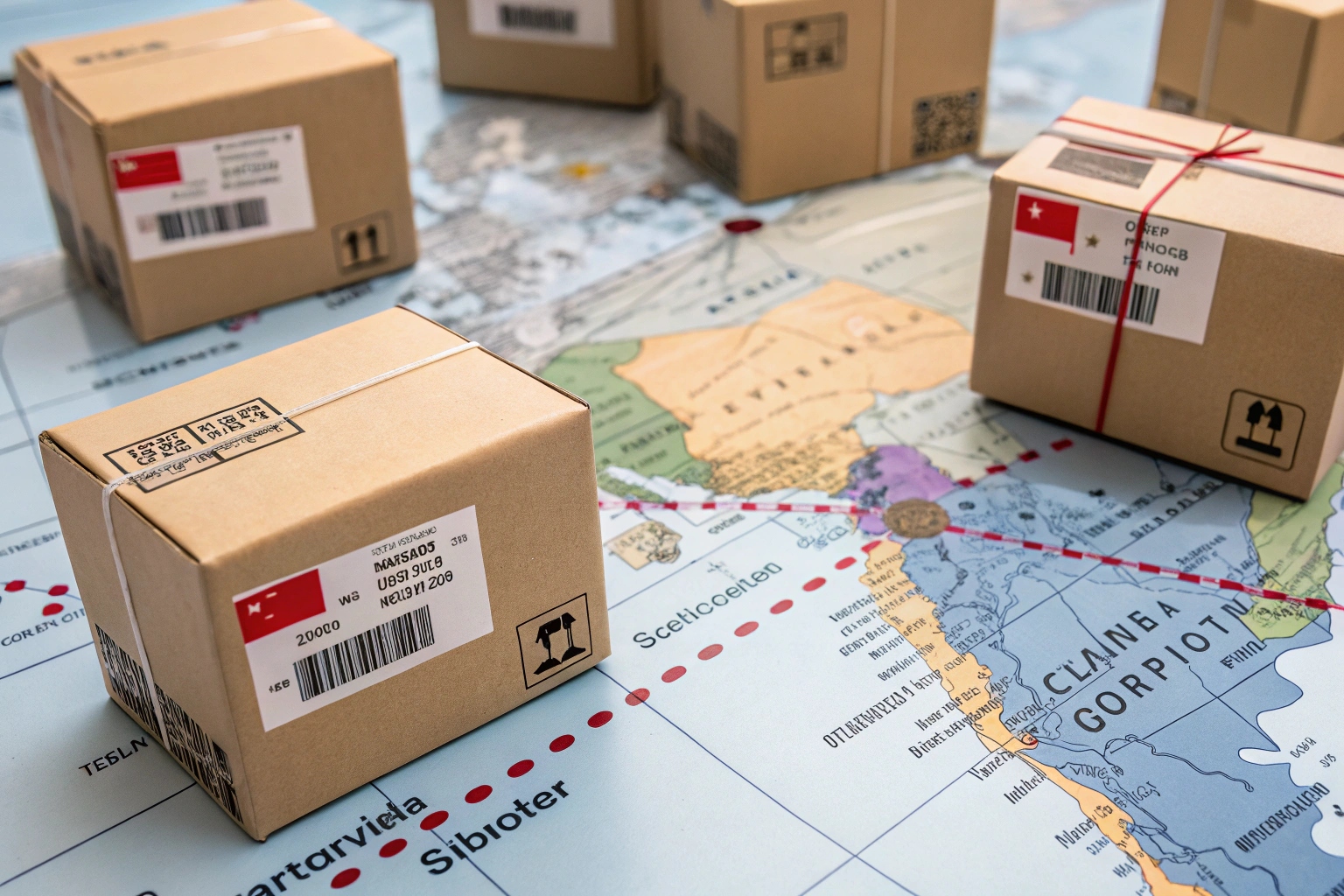When sourcing fashion accessories, color isn't just about style—it's about precision. Whether you're supplying scarves to a luxury retailer or headbands to a kidswear brand, a slight mismatch in tone can mean returns, delays, or lost trust. This is why custom color matching is critical for brands demanding consistency across seasonal collections and product categories.
Custom color matching services help buyers achieve perfect Pantone accuracy across various materials like fabrics, plastics, and metals. At AceAccessory, we work closely with global fashion brands to deliver this level of precision using advanced tools and a team of dedicated color technicians.
If you're tired of inconsistent samples and inaccurate color replication, this guide walks you through everything you need to know about sourcing from suppliers who take color seriously.
What Is Custom Color Matching in Accessories?
Color matching is more than just picking a shade—it’s a technical process involving precise coordination between dyes, substrates, and printing or coating methods.
Custom color matching in accessories ensures your product colors match your brand palette across different materials, from polyester fabric to zinc alloy metal.
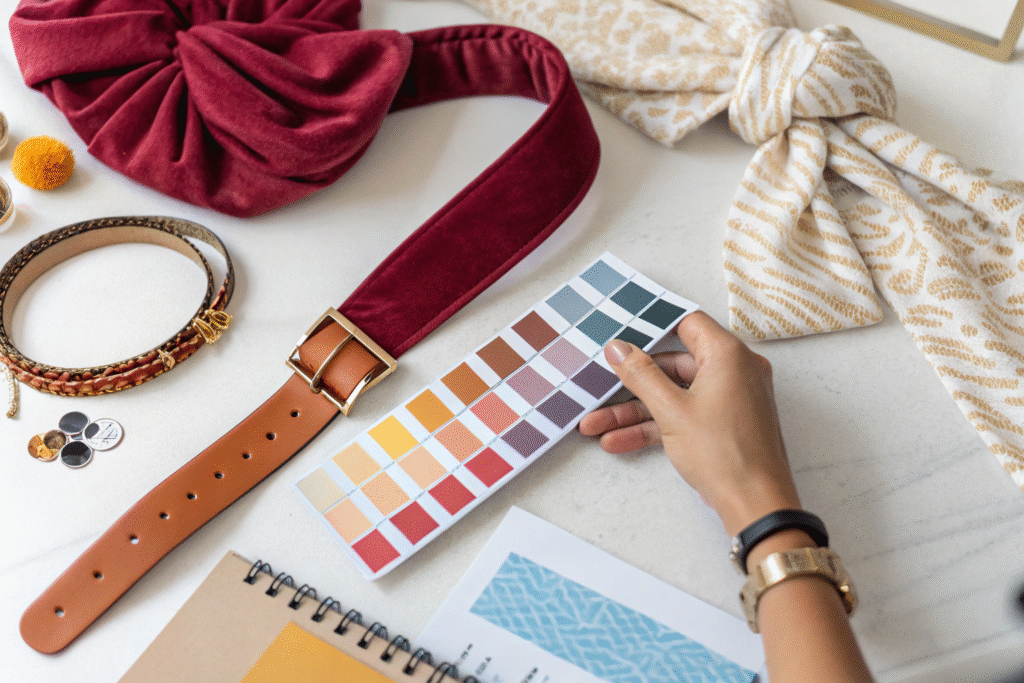
How Is Color Matching Done for Mixed Materials?
For materials like nylon headbands or faux leather belts, color absorption can differ significantly. That’s why advanced suppliers use spectrophotometers to ensure consistency regardless of base substrate. Good factories provide a Color Lab Dip, a test swatch dyed to match your Pantone request before bulk production begins.
At AceAccessory, we even simulate color behavior under different lighting conditions, such as daylight vs. store LED lighting, to avoid surprises in the retail environment.
Why Is Pantone Matching Standard for Global Brands?
Pantone's universal color system allows global communication without guesswork. Brands like Zara or Target often rely on Pantone TPG/TPX chips to dictate accessory production. Our clients typically send us their desired codes (e.g., "PANTONE 18-1664 TPX Fiery Red"), and we develop exact dye formulas to match.
What Should You Ask a Supplier About Their Color Matching Process?
You don’t need to be a color expert—but you do need to ask the right questions. A qualified supplier will gladly walk you through their processes, equipment, and tolerances.
Buyers should ask about the tools, tolerances, and approval stages involved in color matching.
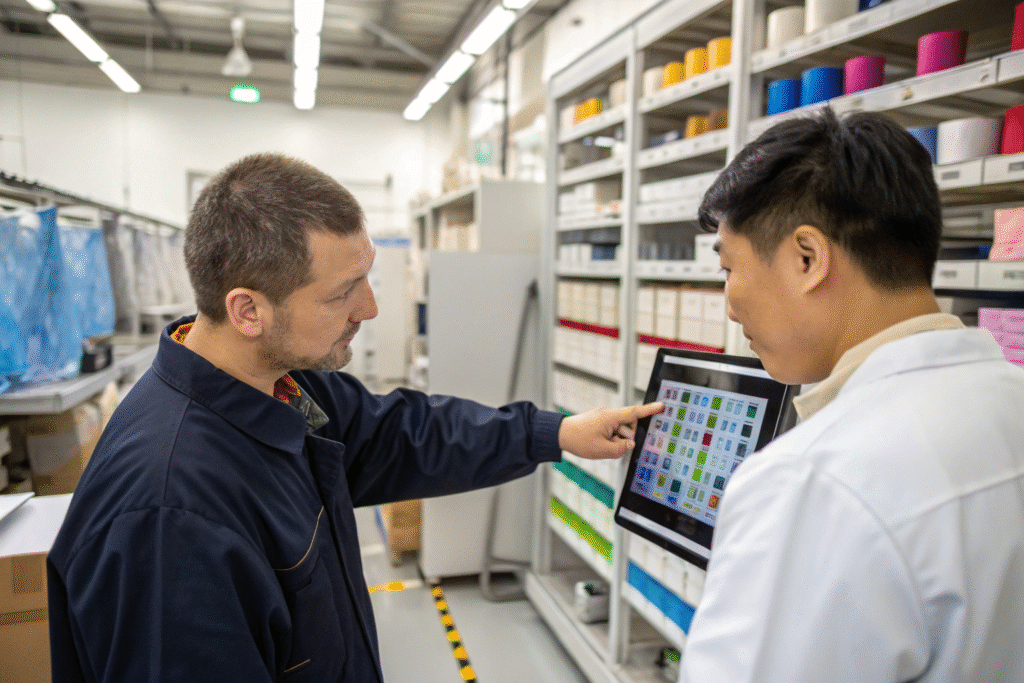
Do You Use Spectrophotometers or Light Boxes?
A reputable supplier should have devices like a Datacolor 650 or a GTI light box, which simulate various light sources (D65, TL84, UV, etc.). These ensure that your accessory color appears consistent in stores or eCommerce photography. If your supplier relies only on "visual matching", proceed with caution.
Check for references to brands like Datacolor or GTI Graphic Technology when evaluating factory tools.
Can You Show Me a Color Tolerance Chart?
Professional suppliers often follow CIEDE2000 Delta E standards, which measure how far off a lab dip is from the desired Pantone. Ask if they can send charts with DE2000 tolerance levels. Lower Delta E values (<1.0) indicate tighter control, crucial for multi-supplier production chains.
How Do Top Factories Manage Bulk Production Color Consistency?
Mass production often causes color drift if not tightly managed. This is where factories separate from trading companies.
Factories like AceAccessory use inline QA color checks and batch-level tracking to ensure every unit meets the approved standard.
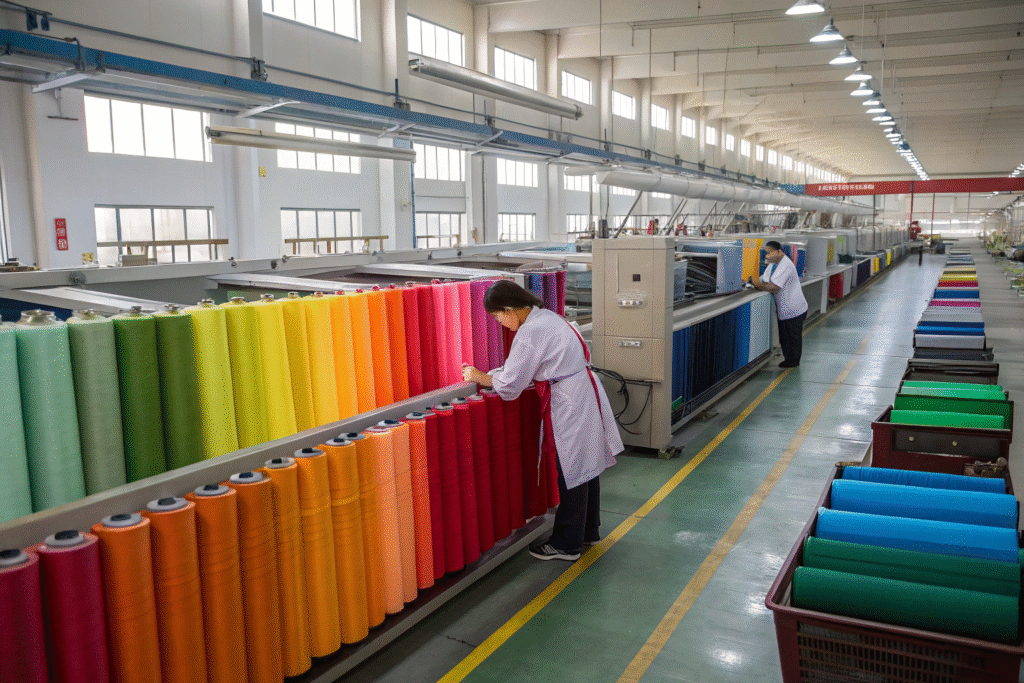
What Are Inline Color Inspections and Why Do They Matter?
Inline inspections happen during production, not after. This means that trained color technicians check every production line in real-time. If a batch of gloves or belts starts veering off-tone, adjustments are made immediately, avoiding a large volume of rejects.
At our Zhejiang facility, we also integrate barcode tracking on dye lots, so any deviation can be traced back to its source.
Explore more about inline inspection best practices.
How Are Color Issues Resolved Without Delaying Shipments?
Sometimes, color issues arise due to dye lot variability. Smart factories prepare buffer-dyed panels for backup. If a match is off, they can cut & sew backup-ready materials without waiting for a full re-dye. This agility protects delivery timelines and avoids missed retail launches.
We also maintain color continuity logs for repeat clients, which helps reorders skip lab dip stages altogether. See how companies like QIMA help audit such controls.
Why Is Custom Color Matching a Competitive Advantage?
In today's saturated market, buyers want more than just low cost. They need repeatability, brand identity, and speed. Custom color matching makes your brand stand out—visually and operationally.
By choosing suppliers with robust color matching, you reduce returns, save costs, and build trust.
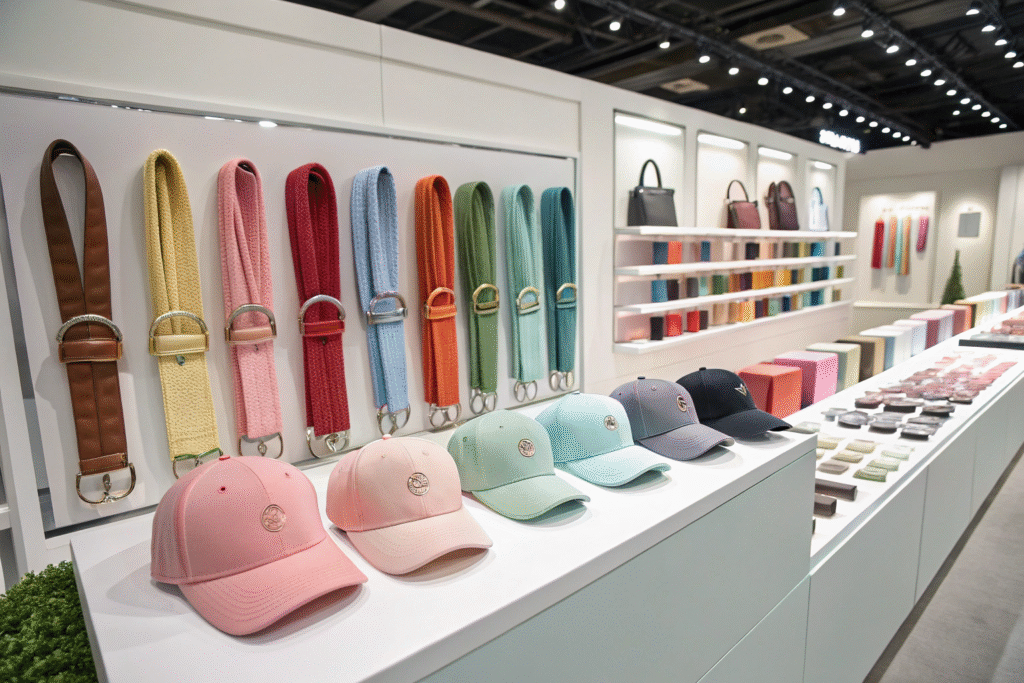
How Does Color Consistency Improve Brand Identity?
Think of brands like Lululemon or Anthropologie. Their seasonal collections reflect colors that tie across products—from leggings to hair accessories. This cohesion builds memory and loyalty in customers.
AceAccessory offers color archives for brands we work with, so every new product can draw from the same approved palette, even a year later.
Can You Charge More for Color-Matched Collections?
Absolutely. Color-matched lines can be positioned as “limited edition” or “capsule collections.” Accessories matched to garments also increase cross-sell value. For example, a navy scarf matching a tailored coat can justify a 20% markup, especially in online bundles.
Want examples? Check how ASOS or Nordstrom market their matching accessory sets.
Conclusion
Custom color matching isn't just for luxury brands—it's now a necessity for all serious importers and retailers. By working with factories like ours at AceAccessory, you're ensuring that your accessories meet the expectations of modern buyers: quality, consistency, and color perfection.
If you’re ready to elevate your next accessory collection with Pantone-accurate precision, get in touch with our Business Director Elaine today at elaine@fumaoclothing.com. We’d love to collaborate and help your brand shine—shade by shade.

